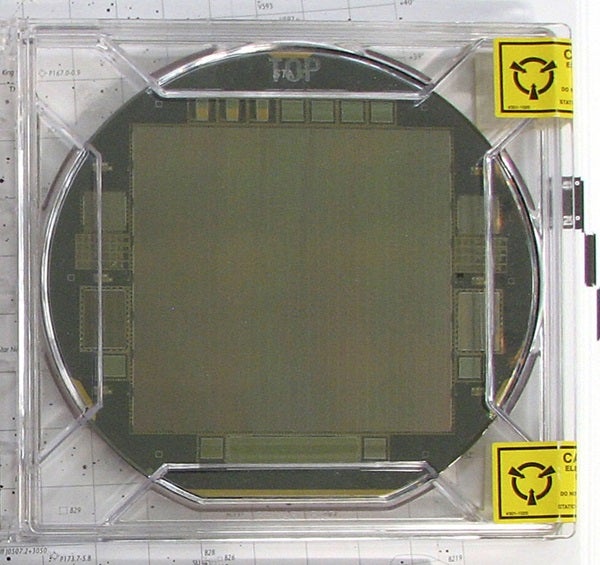USNO CCD Astrograph Catalog (UCAC) is the first ground-based astrometric star catalog to cover the entire sky with the same telescope and detector. The telescope is a Boller and Chivens 8-inch (20 centimeters) twin astrograph. An astrograph is a telescope designed specially for astrophotography.
The UCAC astrograph boasts a custom lens that renders a flat image over a 4,096×4,096 pixel CCD. The CCD can detect magnitude 16 stars with a 100-second exposure. Each image covers a field of just over one square degree, or slightly more than 5 times the Full Moon’s area. USNO operated the astrograph at Cerro Tololo Inter-American Observatory in Chile from 1998 to 2001 to cover the southern sky. Then we relocated the survey to the USNO Flagstaff Station to complete the survey to the north celestial pole.
The UCAC is important because it is the deepest and most precise ground-based astrometric star catalog yet produced. When the final version is released — we hope by the end of 2007 — it will contain data on the positions and motions of more than 60 million stars, covering the entire celestial sphere. Astronomers will use these data to calibrate their telescopes, make high-precision observations of near-Earth asteroids and comets, and generally improve the precision of a variety of types of astronomical observations.
The Washington Double Star Catalog (WDS) is the most complete catalog of double-star observations available to the astronomical community. The WDS is a “merged” catalog, incorporating not only thousands of observations made here at USNO, but also virtually all recorded double-star observations ever made. It contains information on some 102,769 double-star systems. Three earlier double-star catalogs in this century each covered only a portion of the sky. The USNO continually updates the catalog on the web as new data are published.
Data from the WDS enable astronomers to calculate the orbits of double star systems. This, in turn, gives us important physical information about the stars themselves. For instance, if the distance to a system is known, Kepler’s laws of planetary motion then enable us to compute the total mass of the star system.
USNO is actively involved in pursuing a space-based astrometry program to obtain even more precision in star positions. The European Space Agency’s Hipparcos satellite made the first observations of this type, but the data are now well over a decade old and were limited to a few hundred thousand stars. We now have the technology to produce Hipparcos-precision astrometry for some 40 million stars. Using this data, we will be able to geometrically measure distances to stars within about 2 kiloparsecs (6,520 light-years) of Earth.
We are also expanding on the pioneering work of the UCAC. The UCAC “follow-on” will be done with the same instrument (or possibly a new telescope of 0.7-meter aperture) and a new detector, a custom-made 110 megapixel CCD. We will “mosaic” four of these chips together to cover a field of view that will extend over five degrees — 25 times the area of the Full Moon — and image 20th-magnitude stars with 100-second exposures.
As for our timekeeping activities, we are now building six “rubidium fountain” atomic clocks. Once these devices are deployed into our Master Clock system, we will be able to disseminate a reference time-scale some 10 to 50 times more precise than the current nanosecond/day requirement that we must meet for the Department of Defense. Any application that uses precise timing, such as GPS navigation, will see an instant improvement in accuracy and reliability. The new clocks will also benefit navigation and scientific activities that rely on precise Earth surface location data, such as geophysics.










